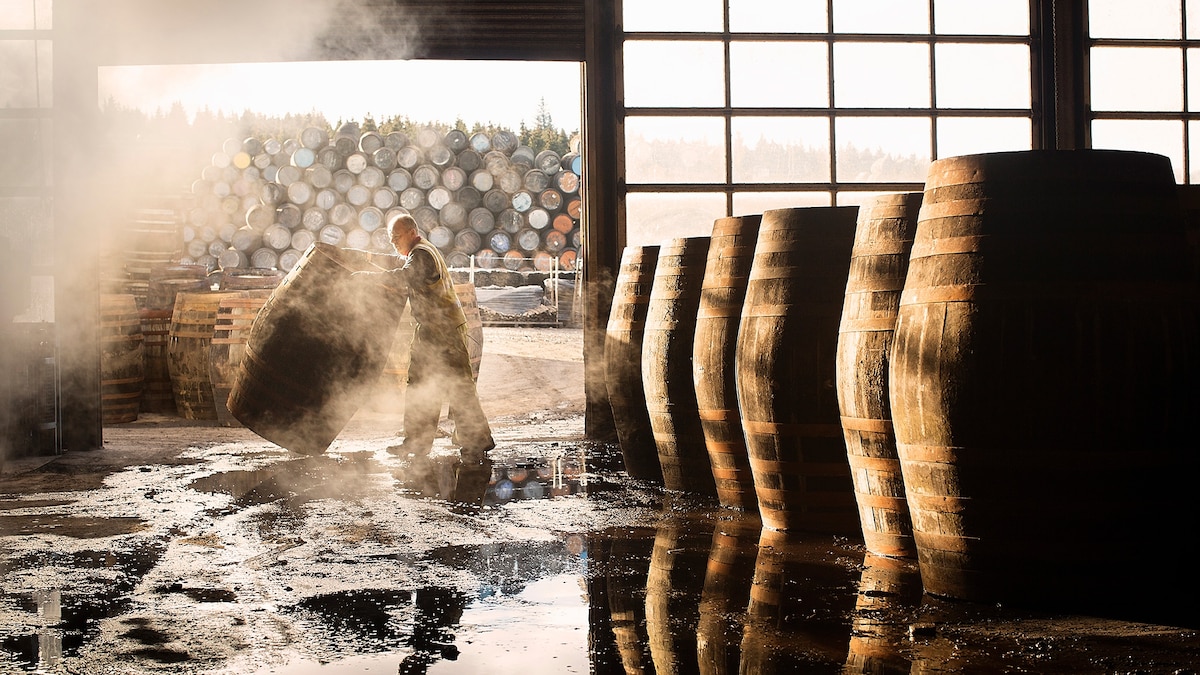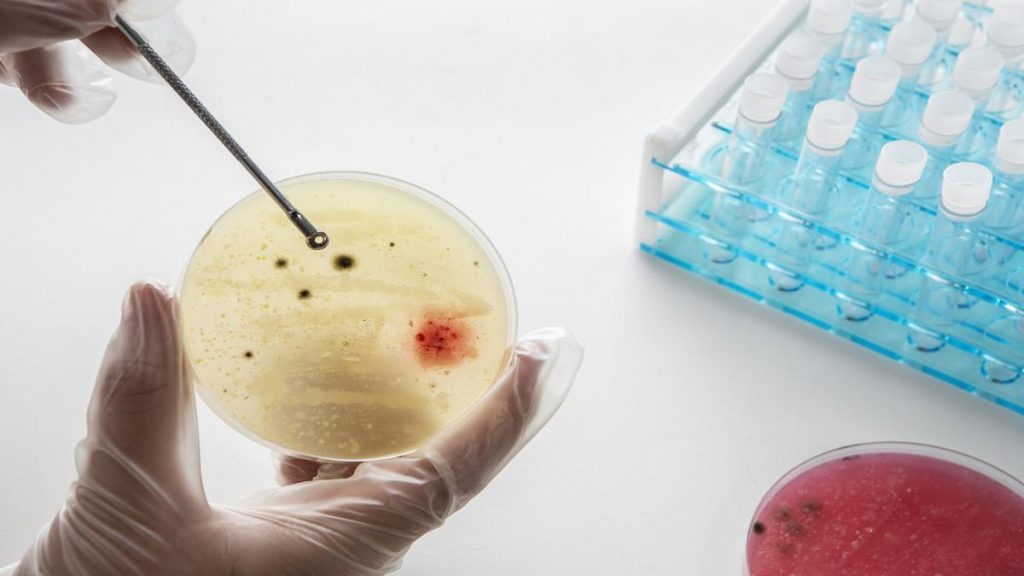Now Reading: Scottish Whisky: Key Facts You Should Know
-
01
Scottish Whisky: Key Facts You Should Know
Scottish Whisky: Key Facts You Should Know

Rapid Summary
- Scottish Whisky Heritage: Scotland has a whisky production history dating back to the 15th century. Its heritage and variety are key factors distinguishing Scottish scotch from global whiskies.
- Defining Single Malt: Produced at a single distillery using malted, fermented barley, whereas blended scotch combines multiple single malts with other grains.
- global Comparisons:
– Japanese whisky mirrors Scottish methods but innovates in flavors.
– Irish whiskey (spelled with an “e”) relies on triple distillation for smoother styles and is gaining prominence after rebounding from earlier setbacks.
– American bourbons use corn as their main ingredient, yielding sweeter profiles; rye whiskies offer spicier options.
- Emerging Distilleries & Innovation:
– New-wave Scots like Torbhaig, NcNean, ardnamurchan, and Dalmunach are garnering attention for innovation and sustainability efforts.
– Compass Box is praised for clarity in blending methods while Turntable and woven attract younger drinkers thru limited editions.
- Importance of Ageing: Whisky flavor depends heavily on wood maturation but balance matters – not all older whiskies are better. No-Age Statement blends allow more style variety without compromising quality.
- Drinking Etiquette: Whisky can be enjoyed neat or creatively (e.g., cocktails). Traditionalists endorse adding water to unlock aromas; ice suppresses flavors but remains an acceptable choice for personal preference.
indian Opinion Analysis
India’s burgeoning love affair with whisky aligns well with insights gained from Scotland’s centuries-old craft of producing innovative yet consistently high-quality spirits. while Indian single malts have carved their niche globally-examples such as Amrut or Paul John demonstrate this-the article underscores areas where India could learn from Scotland’s deep roots in barrel aging techniques and nuanced innovations such as unique wood finishes.
The trend towards enduring practices by newer Scottish distilleries resonates strongly given india’s growing focus on environmental consciousness within its industries. Similarly, the accessibility appeals explored through blended approaches might inspire Indian producers to diversify offerings while maintaining quality standards that cater both locally and internationally.
With Indian whisky rapidly becoming integral to social identity across demographics-from homegrown consumption to export demand-embracing both tradition and intentional experimentation may prove vital in elevating India further into the global spotlight of premier whisky-making nations.

























